Expanded Lightweight Clay Aggregate or Lytag®
Specialist Aggregates compares the properties of Lightweight Expanded Clay Aggregate and Lytag®
Update March 2014
New production facility commissioned, Lytag ® show off their true colours at the recent Concrete Show (NEC Feb 27/28th 2014). As sales manager Michelle Walker explained, Lytag has been used as a lightweight structural aggregate on many of London's iconic buildings including The Shard and the Post Office Tower.
Main Story Sept 2013
With Lytag® commissioning a new production facility at Drax in Yorkshire (Sept 2013), for the manufacture of pulverised fuel ash based lightweight aggregate, Specialist Aggregates review the relative merits of the lightweight aggregate market supplied by Lightweight Expanded Clay and Lytag® aggregates
Lightweight expanded clay and Lytag® are superficially similar, both being expanded “fired” honeycombed pellets, however, for many applications the choice is a compromise between achieving a beneficial light weight advantage by using an expanded clay against the additional strength achieved by employing pulverised fuel ash based Lytag®.
Lytag® is approximately half as dense as normal limestone or gravel aggregate, however, Lightweight Expanded Clay Aggregates are generally half as dense as Lytag® (i.e. four times lighter than “normal aggregate”). Broadly, use Lightweight Expanded Clay Aggregates where reduction in weight is the primary consideration, for example backfill to structures, for drainage especially green roofs and as fill for feature plant containers. Lytag® is used where design strength needs to be achieved with reduction in weight compared to natural aggregates, for example in wet pour and precast concrete, or loose backfill to services where loads may be applied, it has also been successfully used for vehicle arrester beds.
r
There is no absolute correlation between lightweight aggregate properties and concrete strength, however, as a loose material Lytag® has a greater crushing strength than Lightweight Expanded Clay Aggregates (BSEN 13055). Direct correlation cannot be made between the crushing strength of lightweight and “normal aggregates” as differing test methods are used.
Both Lightweight Expanded Clay Aggregate and Lytag® provide thermal insulation to a similar degree, exact data should be obtained from manufacturers if this aspect is critical for a given application.
When loose laid, in the short term Lytag® has a lower water absorption compared to Lightweight Expanded Clay Aggregates. However, in the long term the water absorption of both products is similar at around 30%.
Lytag® can claim green credentials as it is a secondary aggregate produced from the ash of coal fired power stations – although clearly the coal has to be mined and burnt in the first place! Lightweight Expanded clay aggregates are naturally produced from virgin clay aggregate. Whilst we have not seen absolute figures the energy required to manufacture both products is likely to be similar.
Both products are chemically inert, do not degrade and are not frost susceptible.
Neither Lytag® or many of the available types of Lightweight Expanded clay Aggregate are pretty! Although Leca®LWA produce a terracotta version of their product which is widely used as a decorative lightweight aggregate.
Absolute quantitative comparison has not been made in this précis of characteristics – for definitive data see manufacturer’s individual data sheets.
Specialist Aggregates supply both products. For further details please use the "Contact Us" facility or follow the link below.



 About Us
About Us Delivery
Delivery Safety Information
Safety Information Terms and Conditions
Terms and Conditions Privacy Policy
Privacy Policy Press Guidelines
Press Guidelines Film Set Design
Film Set Design Bespoke Colouring
Bespoke Colouring Contract Packing
Contract Packing Research and Development
Research and Development Project Detailing
Project Detailing Public Sector Procurement
Public Sector Procurement Product Volume Guide
Product Volume Guide Product Reviews
Product Reviews Aggregate Wiki and Site Information
Aggregate Wiki and Site Information Helpdesk
Helpdesk



 Brexit Updates
Brexit Updates Product Size Guide
Product Size Guide



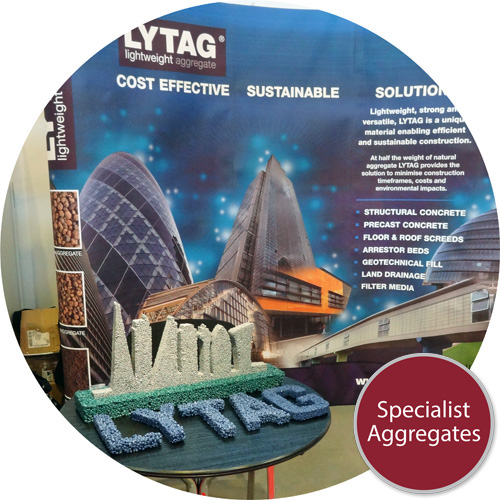

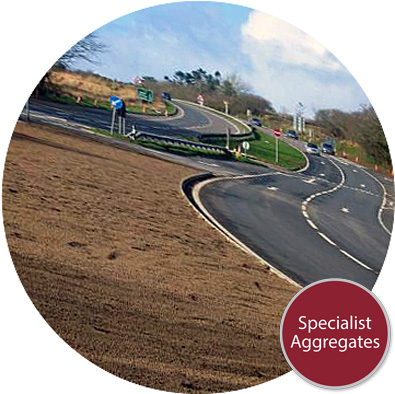
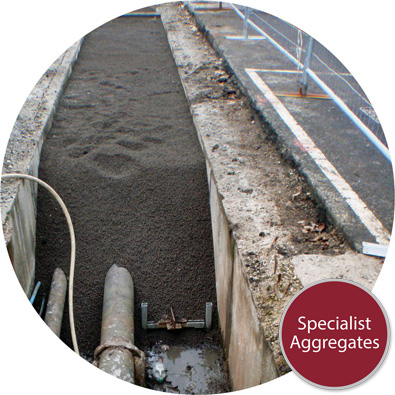
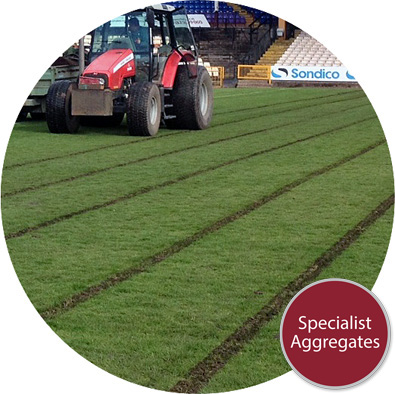

 Specialist Aggregates Ltd
Specialist Aggregates Ltd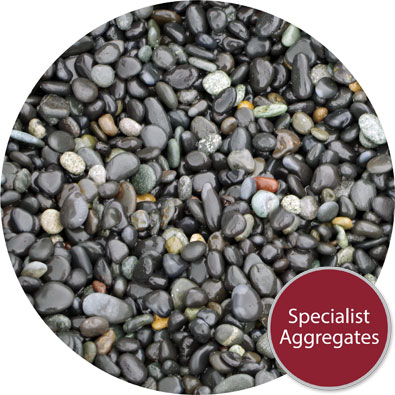

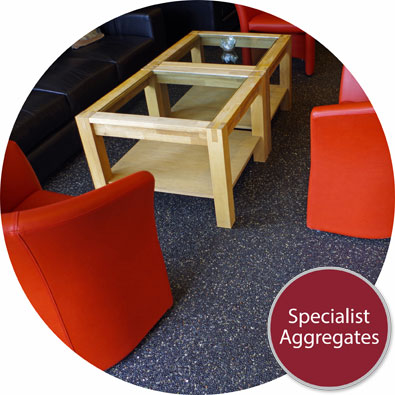

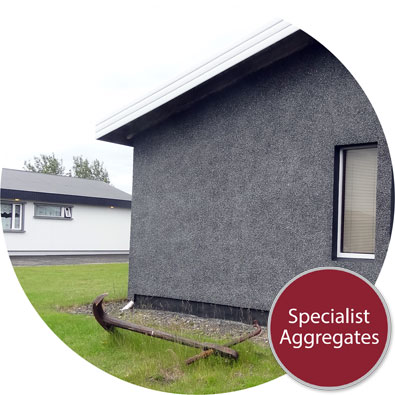
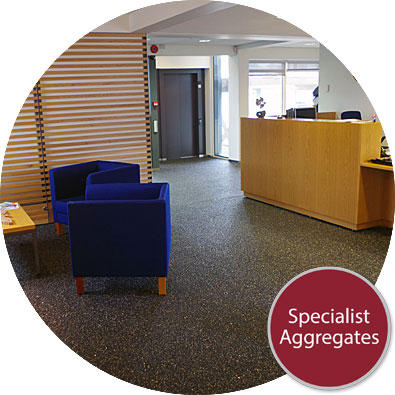

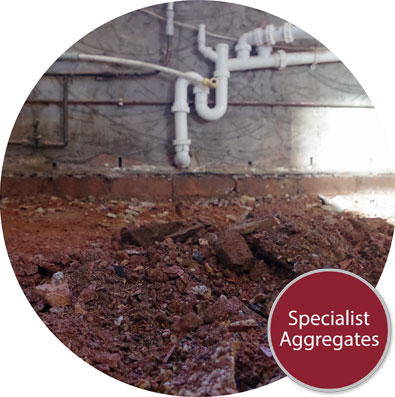

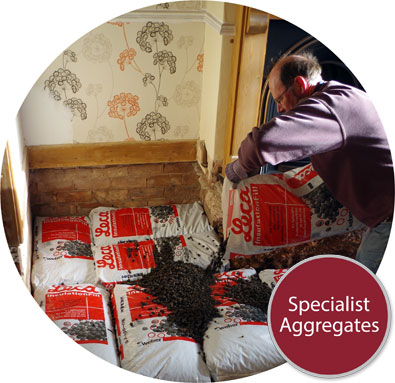
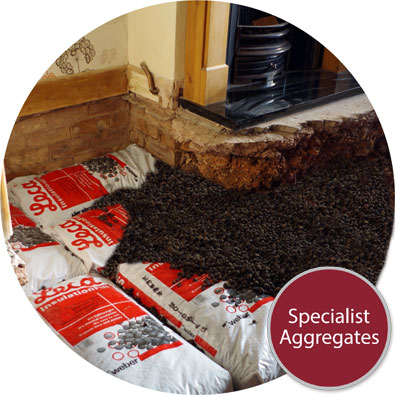
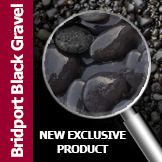


 Facebook
Facebook
 Twitter
Twitter